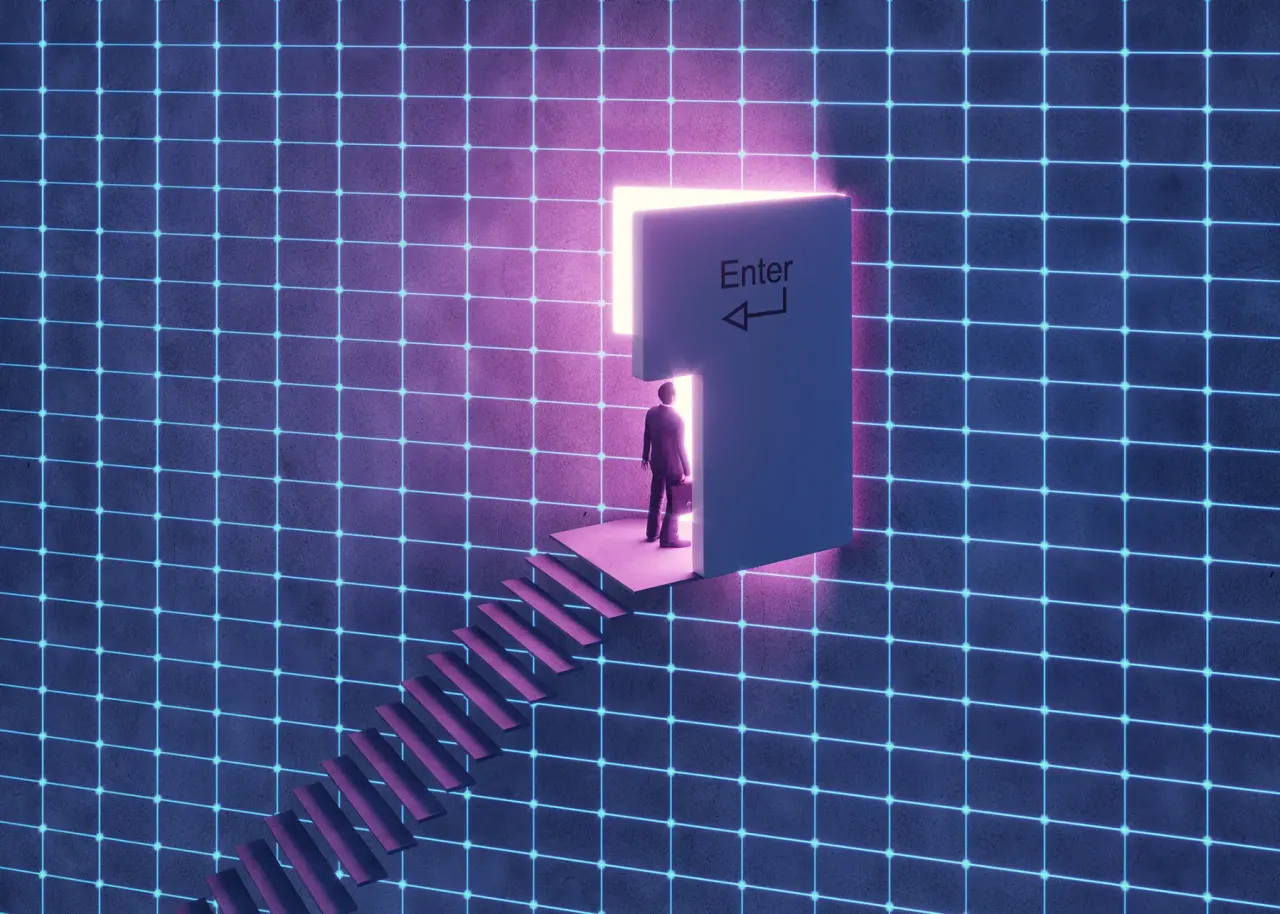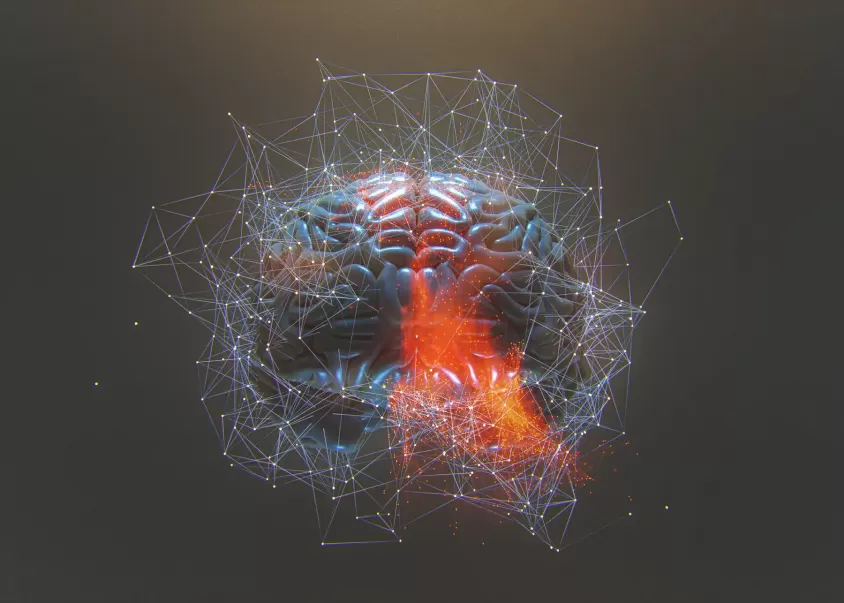Prioritize digital infrastructure during large-scale organizational changes
As organizations pursue mergers and acquisitions to drive growth, enter new markets, or expand capabilities, the strength and scalability of technology, and specifically information technology (IT) infrastructure, can determine the success—or failure—of the deal.
While financial, legal, and operational diligence are standard in mergers and acquisitions (M&A), IT or technology due diligence has emerged as a mission-critical, but frequently underestimated, priority in delivering integration success and long-term value creation.
This article will address and answer the following questions:
- What is technology due diligence in mergers and acquisitions?
- Why is technology due diligence in mergers and acquisitions important?
- How can an external partner help with technology due diligence in mergers and acquisitions?
Why technology due diligence in mergers and acquisitions is no longer optional
Within the unique context of a merger or acquisition, technology due diligence requires a thorough audit and examination of a company’s entire infrastructure and digital assets, including all software, applications, IT processes, and workflows. Technology now underpins every major business function—from compliance and customer experience to operational continuity and innovation. During M&A, failure to understand the target company’s IT landscape can lead to security breaches, costly delays, and even erosion of deal value.
Unbeknownst to many of us, mergers and acquisitions are not the smashing success they are intended to be. Market-wide, failure rates can be as high as 70-90%.1 In 83% of mergers and acquisitions that fail, the reasons are cited as being because of poor strategic focus, poor cultural integration, and/or poor delivery of synergies.2 This risk is especially pronounced as businesses depend more heavily on interconnected platforms and cloud-based ecosystems.
Well-executed technology due diligence in mergers and acquisitions enables acquirers to:
- Identify hidden costs tied to legacy infrastructure or outdated platforms
- Evaluate the maturity and readiness of cybersecurity programs
- Assess data architecture complexity and integration feasibility
- Determine alignment between IT capabilities and growth objectives
- Confirm compliance with data privacy, sovereignty, and industry-specific regulations
- Plan smooth transitions to new operating models or managed service providers
Without these insights, acquiring companies may inherit fragile environments that delay value realization and threaten core operations.
Building the right diligence team
Technology due diligence in mergers and acquisitions requires more than technical analysis—it demands cross-functional coordination across legal, operational, financial, and risk domains. High-performing diligence teams combine diverse expertise to uncover both risks and opportunities.
Key roles typically include:
- Enterprise architects to assess system landscapes and interdependencies
- Cybersecurity analysts to evaluate threat posture, governance, and incident history
- Technology finance experts to forecast capital needs and flag hidden liabilities
- Cloud and infrastructure specialists to assess vendor lock-in and scalability
- Legal and compliance advisors to validate licensing, data protections, and regulatory exposure
This blend of expertise ensures diligence extends beyond just a checklist to become a truly strategic assessment.
Common gaps that undermine merger and acquisition value
Despite its critical importance, technology due diligence in mergers and acquisitions is often under-scoped or delayed in the transaction timeline—leading to costly oversights. Typical gaps include:
- Superficial cybersecurity reviews that miss past incidents or systemic weaknesses
- Shadow IT including undisclosed or non-compliant software licenses
- Underestimated technical debt—including legacy systems requiring re-platforming
- Overlooked data silos that complicate integration across systems
- Unreviewed third-party contracts that contain restrictive service or termination clauses
These oversights can directly affect deal value and integration success, requiring expensive post-close remediation.
Why a defined framework for technology due diligence in mergers and acquisitions matters
To avoid these pitfalls, organizations should use a structured IT due diligence framework. This dedicated process standardizes risk identification, accelerates decision-making, and enhances defensibility in front of governing boards, regulators, and investors.
An effective framework includes:
- Scoping exercises to prioritize high-risk systems and functions
- Standardized assessments to ensure consistent evaluations across targets
- Risk heatmaps to visualize exposure and quantify severity
- Integration readiness reviews to uncover operational handoffs and dependencies
Because mergers and acquisitions rarely unfold in a linear way, repeatable frameworks reduce variability, improve communication across deal teams, and accelerate value creation.3
Third-party advisors add objectivity and speed
A lack of internal expertise or time often causes technology due diligence in mergers and acquisitions to be overlooked. While internal IT teams are deeply familiar with existing infrastructure, they may lack the objectivity, scale, or deal experience needed for high-stakes transactions. It’s also likely that internal IT teams might be bogged down with existing projects, integrations, or updates that would prevent them from being able to dedicate time elsewhere.
Third-party advisors bring fresh perspectives, cross-industry benchmarks, and proven tools to accelerate diligence and enhance insights. External advisors can:
- Measure overall system maturity and determine investment needs
- Use toolkits to gather and evaluate technical data
- Identify and understand interdependencies between IT and business operations (that are often missed internally)
- Offer neutral insights, free from bias or company politics
Moreover, outside advisors are well positioned to develop integration roadmaps grounded in diligence findings. This can have a positive impact on long term transformation planning and improving overall readiness.
Formulating a post-close transitions and technology strategy
Robust technology due diligence in mergers and acquisitions is not only about identifying risk—it’s about enabling strategic change. As acquiring companies shift to new platforms or consolidate systems, insights from diligence inform every stage of the transition.
Findings from IT due diligence directly guide the:
- Scope and structure of transition service agreements (TSAs)
- Cloud migration sequencing and budget projections
- Rationalization of overlapping applications and licenses
- Selection of new service providers or platform partners
- IT governance design for hybrid or multi-entity environments
By integrating diligence into the broader transformation roadmap, firms reduce friction, minimize duplication, and align IT with broader value creation goals.
Digital readiness is deal readiness
As deals grow in complexity, and digital integration becomes central to value capture, robust technology due diligence in mergers and acquisitions is no longer optional—it’s foundational. Organizations that invest in early, structured, and strategic IT assessments will be best positioned to:
- Identify and remediate hidden risks and costs
- Accelerate post-close integration
- Support scalable operations
- Maximize long-term return on investment
In short, the acquiring companies who think digitally from the start are the ones most likely to succeed.
Partner with CAI for strategic technology due diligence in mergers and acquisitions
In a landscape where digital infrastructure, cybersecurity, and operational readiness can determine the success of a transaction, technology due diligence in mergers and acquisitions must go beyond checklists. It must be structured, strategic, and rooted in real-world experience.
CAI brings deep expertise across industries and regulated environments helping buyers and sellers uncover hidden risks, surface integration opportunities, and build roadmaps for scalable success. Whether you’re evaluating a single-entity acquisition or a multi-site roll-up, CAI’s IT due diligence professionals provide:
- Thorough assessments of systems, infrastructure, and data security
- Cyber and compliance reviews aligned with HIPAA, HITECH, and industry standards
- Clear, actionable insights to support valuation, negotiation, and post-close planning
- Integration-readiness playbooks that drive day one and long-term execution
To learn more about how we can help you protect your investment, minimize risk, and accelerate value creation through smarter IT due diligence, fill out the form below.
Endnotes
- Roger L. Martin. “M&A: The One Thing You Need to Get Right.” Harvard Business Review. June 2016. https://hbr.org/2016/06/ma-the-one-thing-you-need-to-get-right. ↩
- George Bradt. “A Merger & Acquisition Leader’s Playbook For Success Where 83% Fail.” Forbes. May 17, 2022. https://www.forbes.com/sites/georgebradt/2022/05/17/the-merger--acquisition-leaders-playbook/. ↩
- George Bradt. “A Merger & Acquisition Leader’s Playbook…” Forbes. ↩




